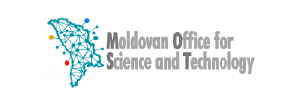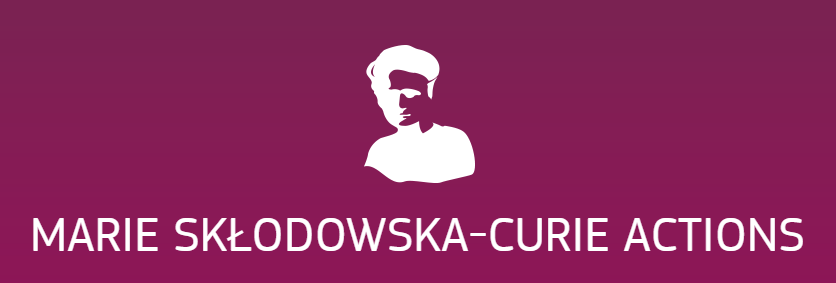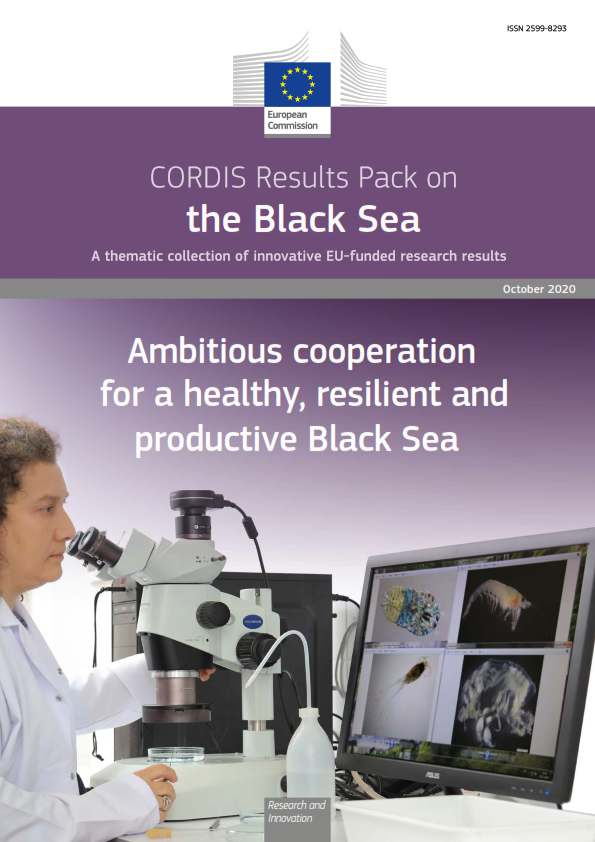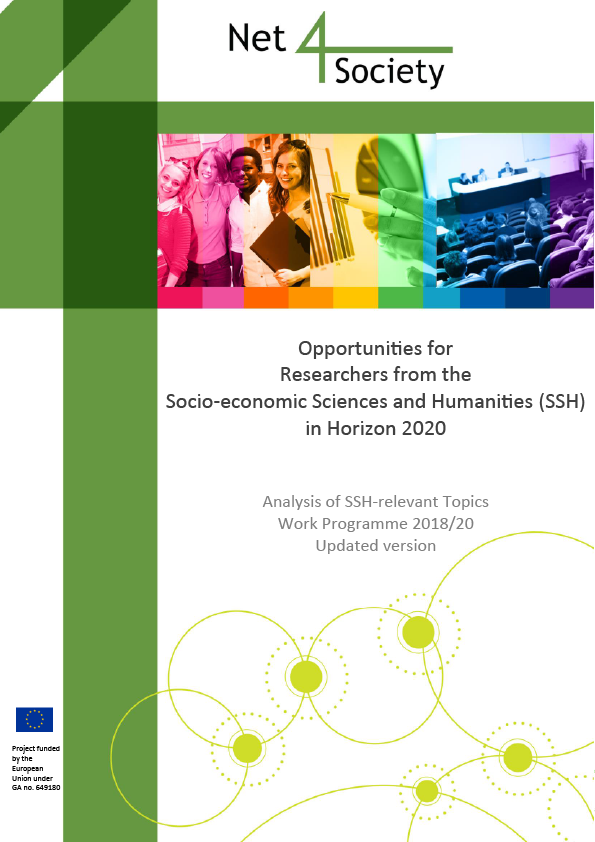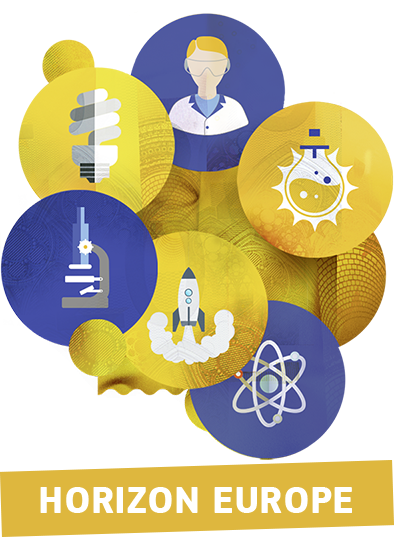Mobile data traffic is expected to grow hundred- or thousand-fold by 2020, when the new 5G telecoms standards are due to enter the market. As the race is on to come up with new solutions for telecoms networks to accommodate this massive growth, one EU research project has already developed an ultra-fast solution using optical transmission technology.
LIGHTNESS, an industry-driven EU research project that started back in 2012, was set up to strengthen European technology for connecting data centres and anticipate the growing traffic between them. It is doing this by harnessing the improved power, speed and cost-efficiency of optical (over electrical) transmission.
‘The infrastructure we develop must scale upwards for 5G in a way that current grouped Ethernet switches won't be able to,’ explained Matteo Biancani, of Interoute, the telecoms and cloud services provider leading the project. ‘Scalability of the project is really the key word if we are to meet increased future demand.’
Data transmission at the speed of light
Even today’s 4G and 3G networks are seeing great demand for high data throughput and fast response times, due to the increasing use of high-performance computing, as well as cloud and server-side storage applications. This makes the work of the LIGHTNESS project immediately relevant, in addition to anticipating the advent of 5G technologies.
The main aim of LIGHTNESS has been to design innovative photonic switching and transmission techniques to establish high-performance, low-cost interconnects between and inside data centers. Specifically, universities and research facilities participating in the project, in the UK, Netherlands and Spain, have trialled Optical Circuit Switching (OCS) and Optical Packet Switching (OPS) in special test beds. The test beds simulate intra-data centre network environments and test the technology to see if it can fulfill the requirements of emerging applications in terms of ultra-high bandwidth and low network latency.
With scalability in mind, they have carried out a lot of studies and simulations to evaluate the benefits of LIGHTNESS architecture in very large deployments, using more than 100 different wavelength channels at the same time, resulting in bandwidth capacities of multiple terabits/second per fibre link. The use of OCS and OPS technologies together forms the most promising solution to switching huge data flows, literally at the speed of light.
Rates of 40 to 100 gigabits per second
In the test beds, the LIGHTNESS researchers developed an Optical Packet Switch (OPS), which indeed does provide the nanosecond latency that networks will need to respond to the demands of mobile users in the future. They have also trialed a ‘Top-of-Rack (ToR)’ switch, used for linking racks of storage equipment to the OPS/OCS data center network, aggregating traffic in both long-lived and short-lived data flows. LIGHTNESS has successfully tested these operations at speeds that have never before been seen in networks, ranging between 40 and 100 gigabits per second.
Deployment in data centre networks by 2018
Preliminary prototypes from the project were showcased at the European Conference on Networks and Communications in Paris last year, where LIGHTNESS won Best Booth Award in demonstrating its new software-defined Optical Data Centre Network (ODCN).
‘The full implementation of the LIGHTNESS hardware and software prototypes is now ready and is under experimental evaluation and validation in the project testbed. A full concept demonstration will take place next September at the European Conference on Optical Communications in Valencia. We are building equipment for deployment in our data center networks and production will peak in two to three years' time,’ said Matteo.
LIGHTNESS is a Specific Targeted Research Project receiving EUR 2.44 million investment from the EU’s 7th Framework Programme. It involves seven partners in Italy, the Netherlands, Spain and the United Kingdom, and ends in October this year.



